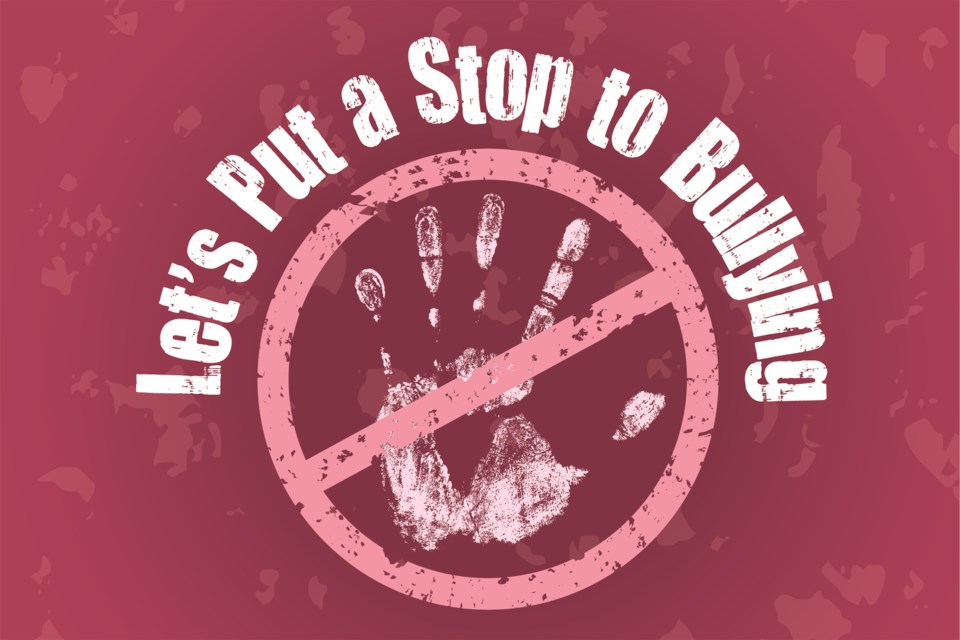You probably know the story already, but just to set the stage...
In 2007, a boy in Nova Scotia was bullied at school for wearing a pink shirt. Shortly after, two other boys wore pink shirts to stand in solidarity against bullying. The story went viral and now most provinces in Canada have one day in the year declared Pink Shirt Day.
For B.C. that’s February 22.
Now, it’s not like no one had heard of bullying before the Nova Scotia incident. In fact, there already were several initiatives underway in schools to combat the pernicious problem, but the pink shirt was a tangible symbol that people could rally around — and rally they did.
It quickly took hold with schools, sports organizations, the media, politicians and community leaders all getting on board and posing in their pinks.
I remember one year frantically rummaging through drawers trying to find something pink for my son to wear. (He wore it but balked at the ever-so-subtle scalloped edging.)
Also impressive is how the Pink Shirt fire has yet to die out. As school board chair Debbie Tablotney tells it twenty-five years later, students are still decking themselves out in pink, designing pink posters, waving pink flags.
But as great as all that is, I wasn’t surprised to see a recent tweet where someone said they had been bullied in school and while there wasn’t Pink Shirt Day back then, if there was, their bullies would have been the first to wear a pink shirt.
That’s not the first time I’ve heard that.
In February 2019, our front page headline read “Pink Farce Day” — harsh, I’ll admit. Not surprisingly, I was taken to task on it. One school trustee saw me in public and had some choice words. Her point, and I do have sympathy for it, was Pink Shirt Day is a student-led initiative. Young people have put their hearts and souls into their various pink projects and for the paper to deride the whole campaign was, well, bullying in itself.
Cutting down a bunch of well-meaning kids, obviously, was not our intent. And in our defence, we did celebrate some of their pink projects inside the paper, but I get that the front page carries weight.
What we were trying to do with that story was go beyond the posing in pink narrative because for some that’s all it is.
Along with that decidedly provocative headline was a photo of a mother and her two sons, one of whom she said had been terribly bullied at school.
She was already beyond frustration with what she felt was a lack of support from the school administration in dealing with the issue, but when she saw one of her son’s tormentors show up at school on Pink Shirt Day wearing (you guessed it) a pink shirt...well, that’s when she called us. And, frankly, I’m glad she did.
We can debate the merits of putting that story on the front page, but what is not debatable is the fact fashion statements and pretty posters alone won’t create change. In fact, on their own, they only create obfuscation and further isolation.
I understand that, as one teacher said, all those “pink” projects are an “entry point” to conversations about bullying, inclusion, difference and discrimination. That’s great, and I’m sure we’re in a better place for that. I also accept his point that the vast majority of kids come from a genuine place.
That said, we humans are capable of remarkable cognitive dissonance. The T-shirts we wear and the behaviours we engage in don’t always align.
That’s not to say we shouldn’t support Pink Shirt Day. I support it 100 per cent. Wearing a symbol of solidarity in the name of kindness is powerful and inspiring. I also know it only has meaning if we’re also hearing stories like the one we had on our front page.



